The delicate crispness of Japanese tempura has long captivated food enthusiasts around the world. At the heart of this culinary marvel lies its ethereal batter—light, airy, and impossibly crisp. What many may not realize is that the magic of tempura's texture is deeply rooted in the intricate bubble structure of its batter. This unique architecture transforms a simple mixture of flour, water, and egg into a golden, shattering crust that elevates ingredients to new heights.
Traditional tempura batter is a study in minimalism. Unlike Western batters that often rely on leavening agents like baking powder, the Japanese version achieves its signature lightness through technique and precision. The key lies in creating a loose, lumpy batter that's barely mixed. Overworking the dough develops gluten, resulting in a tough, dense coating—the antithesis of what tempura strives to be. When done correctly, the imperfect batter forms irregular pockets of air that expand dramatically when introduced to hot oil.
The science behind tempura's bubble structure reveals why this technique works so brilliantly. As the battered ingredient hits the oil at around 170-180°C, the water in the batter immediately vaporizes. These steam pockets become trapped within the barely-developed gluten network, creating thousands of microscopic air chambers. The rapid evaporation causes the batter to set almost instantly, freezing these bubbles in place. What emerges is a crisp matrix with an extraordinarily high surface area—light enough to float yet sturdy enough to cradle its contents.
Chefs have developed numerous methods to optimize this bubble formation. Some use carbonated water to introduce additional gas bubbles from the start. Others employ special mixing techniques—like using chopsticks instead of whisks—to prevent over-incorporation of air. The temperature of ingredients plays a crucial role too; icy cold batter creates more dramatic temperature differentials when hitting the oil, leading to more vigorous steam production and thus, better bubble structure.
Ingredient selection profoundly impacts the final texture. Low-protein flours like cake flour or special tempura flour prevent excessive gluten development. Some masters blend in small amounts of starch—potato or corn—to further lighten the structure. The choice of liquid matters equally; mineral-rich water reportedly creates superior bubbles, which is why some restaurants guard their water sources jealously. Even the type of egg yolk used can alter the batter's surface tension and bubble stability.
The frying technique itself is a ballet of precision. Maintaining consistent oil temperature prevents the bubbles from collapsing or becoming greasy. Skilled chefs constantly skim the oil's surface, removing loose batter particles that could burn and impart off-flavors. The frying duration is measured in seconds rather than minutes—just enough time for the bubble structure to set without overcooking the delicate ingredients within.
Modern culinary science has begun quantifying what tempura masters have known intuitively for centuries. High-speed photography reveals how bubble formation occurs in distinct stages: initial vapor explosion, structural expansion, and final setting. Advanced imaging shows how an ideal tempura crust resembles a honeycomb with thin, interconnected walls—strong yet fragile. This understanding has led to innovations like vacuum frying and precise oil circulation systems that replicate traditional methods at scale.
What makes tempura's bubble structure truly remarkable is how it interacts with different ingredients. Porous vegetables like eggplant create steam from within, pushing outward against the batter to create an especially airy crust. Denser items like shrimp benefit from multiple thin layers of batter that build up successive bubble matrices. Even the shape of the ingredient affects the final texture—angled cuts create more surface area for bubble formation than rounded surfaces.
The cultural significance of this technique shouldn't be overlooked. In Japanese cuisine, texture holds equal importance to flavor. The sound of proper tempura—a distinct, almost musical crunch—is as much part of the experience as its taste. This attention to auditory and tactile qualities reflects a holistic dining philosophy where every sensory element contributes to the whole.
Contemporary chefs continue pushing boundaries while respecting tempura's essential nature. Some experiment with alternative flours like rice or buckwheat, creating new bubble architectures. Others incorporate modernist techniques like ultrasonic mixing to control bubble size distribution. Yet the soul of tempura remains unchanged—that magical transformation where simple ingredients become something transcendent through the alchemy of heat, timing, and an exquisite bubble structure.
For home cooks seeking to capture this magic, understanding the bubble principle transforms approach. Rather than aiming for a smooth batter, they learn to embrace the imperfect. They recognize that those lumpy strands of unmixed flour will become the crispest parts. They appreciate how a slightly uneven coating creates varied textures in a single bite. Most importantly, they discover that tempura's beauty lies not in perfection, but in the artful balance of structure and ephemeral lightness.
The next time you encounter a perfectly executed piece of tempura, take a moment to appreciate the invisible architecture within. Those countless tiny bubbles represent centuries of culinary refinement—a testament to how profound simplicity can be when executed with deep understanding and respect for ingredients. In the fragile lattice of a tempura crust, we find an entire philosophy of cooking: technique in service of essence, complexity born from restraint.
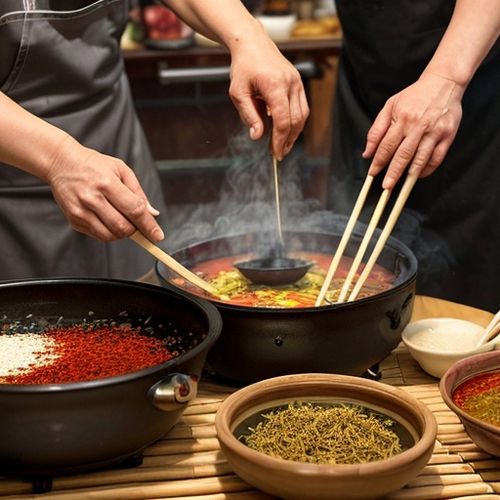
By Samuel Cooper/May 10, 2025
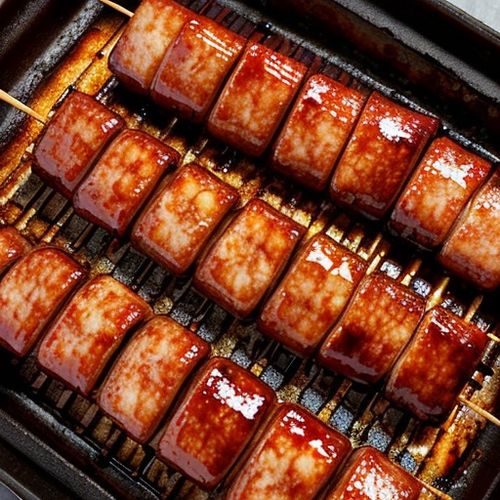
By Grace Cox/May 10, 2025
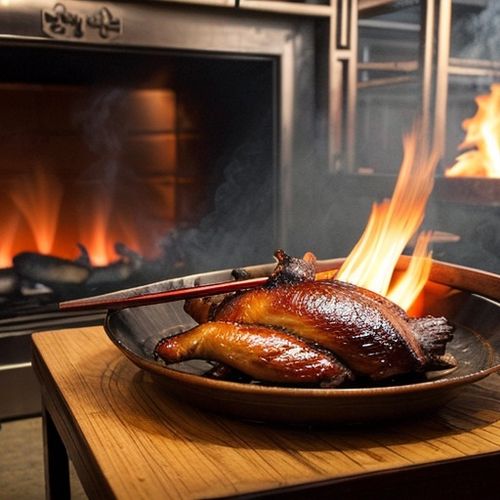
By John Smith/May 10, 2025
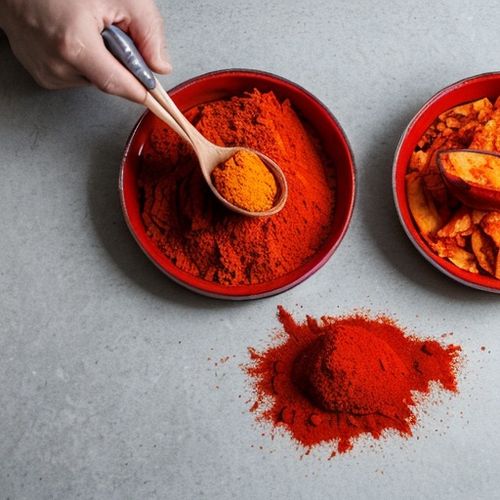
By Michael Brown/May 10, 2025
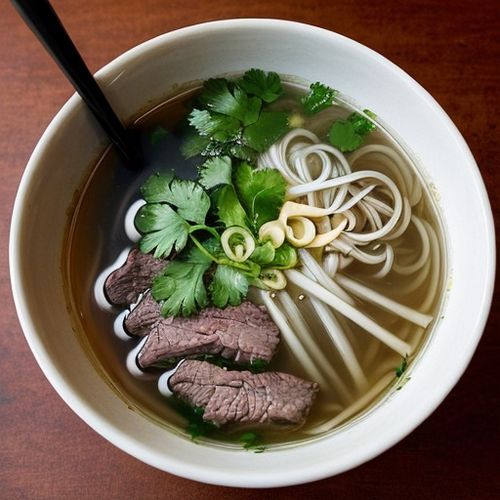
By George Bailey/May 10, 2025
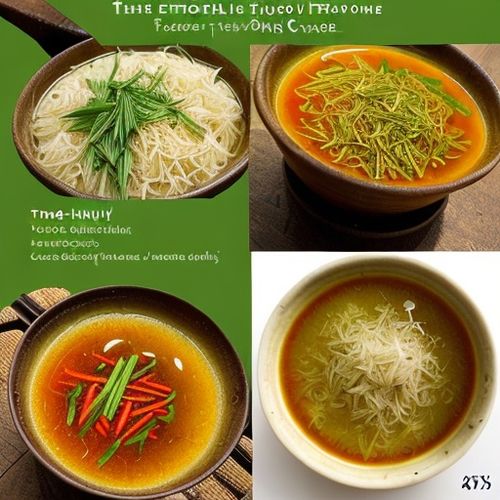
By Lily Simpson/May 10, 2025

By Emma Thompson/May 10, 2025
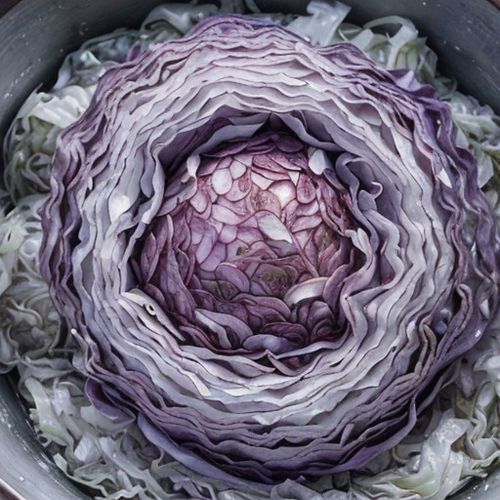
By Emily Johnson/May 10, 2025
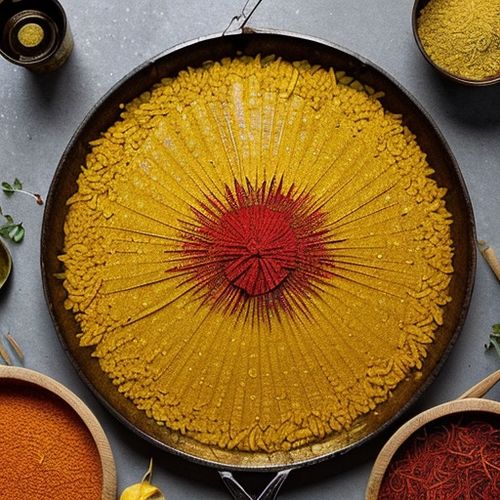
By Joshua Howard/May 10, 2025
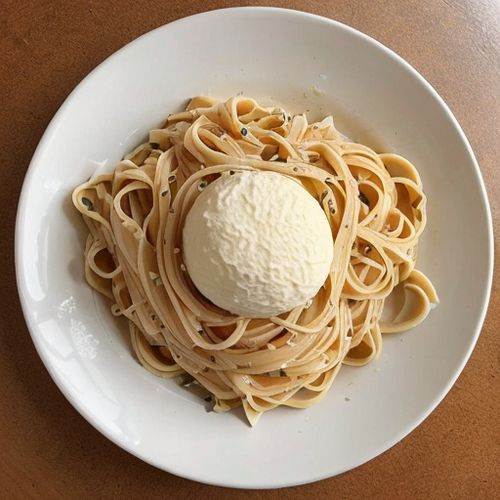
By Eric Ward/May 10, 2025
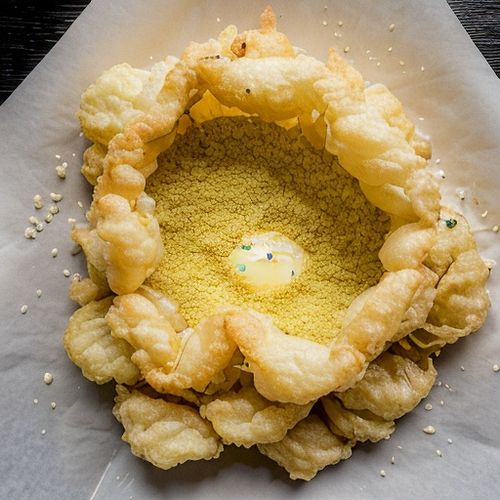
By Benjamin Evans/May 10, 2025
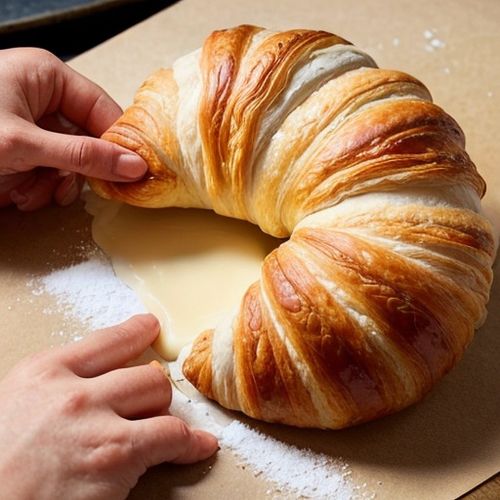
By Christopher Harris/May 10, 2025

By John Smith/May 10, 2025

By Elizabeth Taylor/May 10, 2025
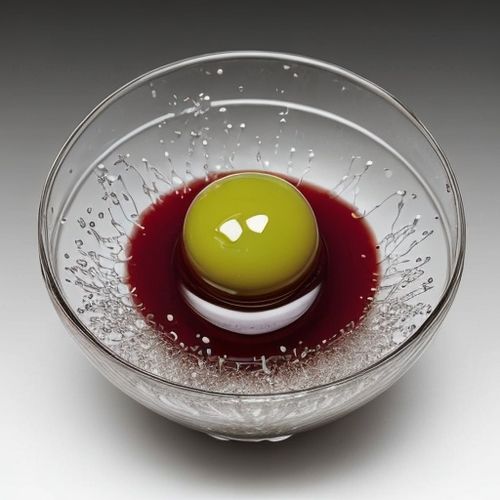
By Grace Cox/May 10, 2025